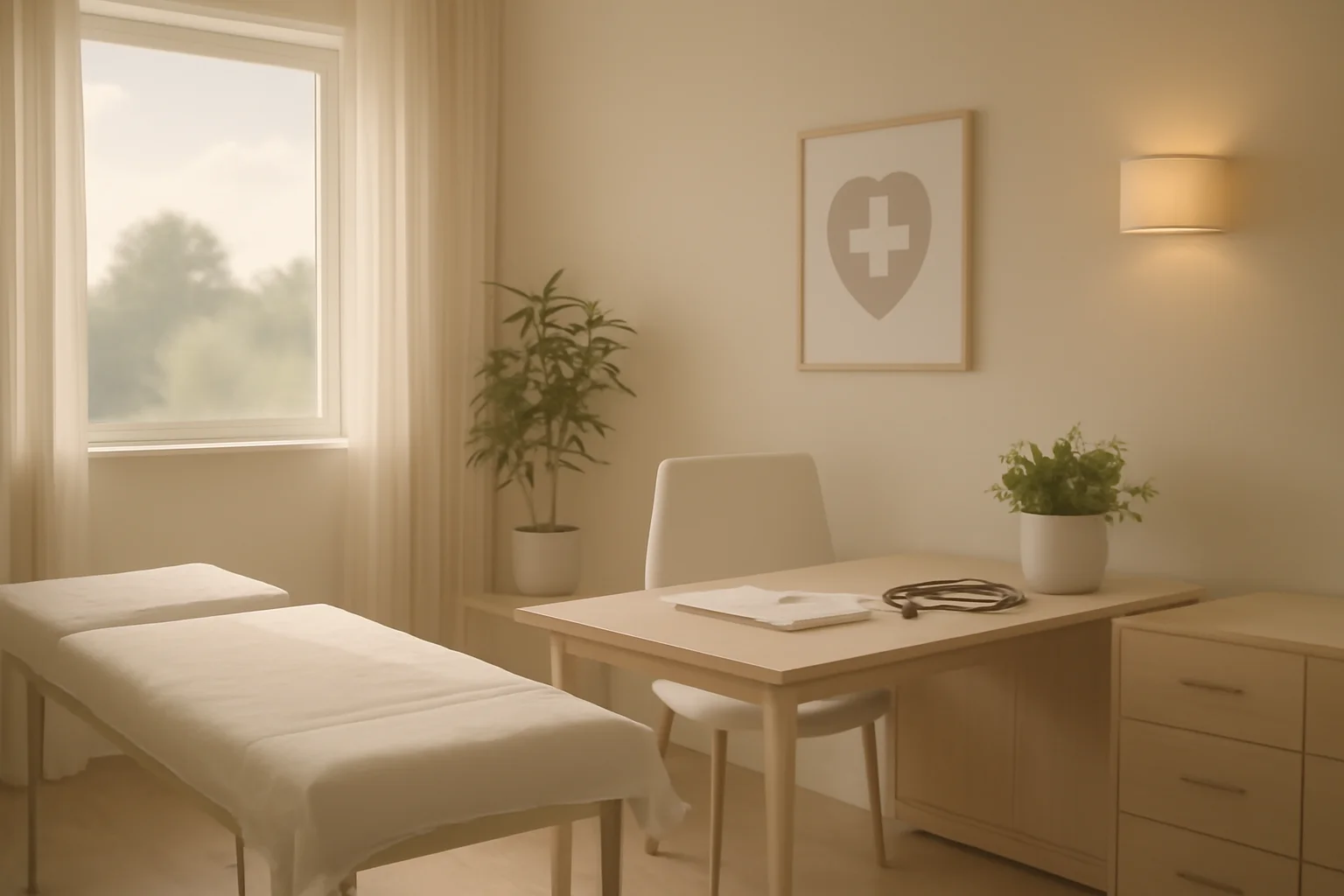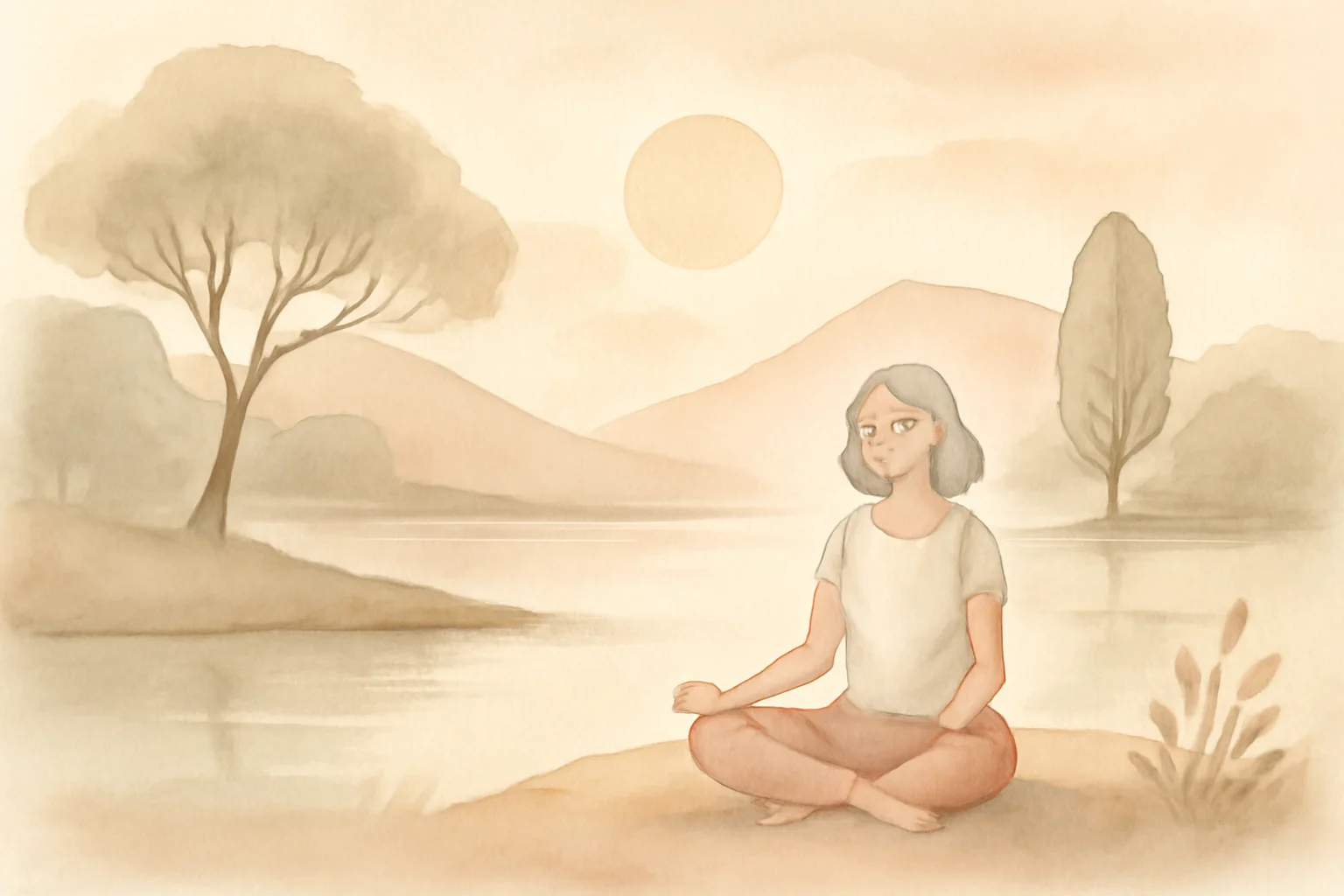
The Causes of Paleness and Dizziness: When Should We See a Doctor?
The paleness and dizziness are two conditions that can affect many people’s lives and are often associated with various health issues. These symptoms can appear suddenly or develop gradually and can be attributed to numerous causes. Paleness refers to a change in the color of the skin, where the skin takes on a pale, lighter hue, while dizziness signifies a loss of spatial orientation and an unstable feeling, often accompanied by nausea or balance disturbances.
Paleness can result from several factors, including anemia, dehydration, or a sudden drop in blood pressure. In the case of dizziness, the triggers encompass a wide spectrum: from inner ear problems to cardiovascular diseases, and even psychological causes may be involved. It is important to know that these symptoms can impact not only our physical condition but also our mental well-being, so it is worth taking them seriously. In the following sections, we will examine in more detail the causes, symptoms, and possible treatments for paleness and dizziness.
Causes and Symptoms of Paleness
Paleness, also known as pallor, may be a familiar condition for many people, arising from various causes. The most common trigger for paleness is anemia, which results from a decreased number of red blood cells or low hemoglobin levels. There are different forms of anemia, such as iron-deficiency anemia, which is often caused by inadequate nutrition, blood loss, or absorption disorders.
Another common cause of paleness is dehydration, which occurs when the body does not receive enough fluids. Dehydration can lead to a decrease in blood volume, resulting in paleness. Additionally, a sudden drop in blood pressure, stress, fear, or even anxiety can cause temporary paleness. Paleness is often accompanied by other symptoms, such as fatigue, weakness, or dizziness.
It is important to note that paleness is not just an aesthetic issue but can also indicate a serious health condition. If paleness persists and is associated with various symptoms, medical evaluation may be necessary. To establish a diagnosis, doctors may recommend blood tests, physical examinations, or even imaging procedures to identify underlying causes.
Dizziness: Types and Treatment
Dizziness is a very common complaint that can complicate many people’s lives. There are several types of dizziness, each linked to different causes. One of the most common forms is vertigo, which signifies a loss of spatial orientation and is often associated with problems in the inner ear. During vertigo, the affected person experiences a sensation that the world is spinning around them, which can be very frightening.
Another form of dizziness is presyncope, which signifies the feeling of impending fainting. This often occurs as a result of a sudden drop in blood pressure and is generally related to cardiovascular problems. Additionally, dizziness can stem from anxiety, panic attacks, or other mental health issues.
The treatment of dizziness depends on the underlying cause. For instance, if dizziness is caused by blood pressure problems, normalizing blood pressure may be the solution. In the case of vertigo, treating inner ear problems, such as through medications or physical therapy, can often help. Furthermore, proper hydration, stress management, and improving mental health can also play a crucial role in treating dizziness.
In cases of dizziness and paleness, it is essential to identify the underlying causes of the symptoms, as more serious health issues may be involved. If dizziness occurs regularly or worsens, it is important to consult a doctor for appropriate examinations.
The Relationship Between Paleness and Dizziness
Examining the connections between paleness and dizziness can be particularly important for those who frequently experience both symptoms. These phenomena often occur simultaneously and can frequently be traced back to a common cause. For example, anemia, one of the most common causes of paleness, can also cause dizziness, as the decreased number of red blood cells means the body is unable to deliver enough oxygen to the tissues.
Similarly, dehydration can cause both symptoms. When the body suffers from fluid deficiency, blood volume decreases, leading to paleness, and a drop in blood pressure can also result in dizziness. Stress and anxiety are also common triggers that can produce both symptoms, as these conditions affect circulation and oxygen supply.
These connections emphasize the importance of paying attention to our body’s signals, and if paleness and dizziness persist, seeking medical assistance is advisable. Proper diagnosis and treatment can help prevent the problems from worsening and improve our quality of life. Doctors often recommend blood tests, physical examinations, and other diagnostic procedures to uncover the causes behind the symptoms.
Prevention and Lifestyle Advice
To prevent paleness and dizziness, it is important to pay attention to our lifestyle habits. A healthy diet, proper hydration, regular exercise, and stress management can all contribute to reducing or preventing symptoms.
In terms of healthy eating, it is important to consume enough iron and vitamins, such as vitamin B12. To prevent iron-deficiency anemia, it is advisable to include iron-rich foods, such as red meat, leafy green vegetables, and legumes in the diet. Additionally, foods rich in vitamin C, like citrus fruits, can help with iron absorption.
Proper hydration is also crucial. Adults should aim to consume 2-3 liters of fluids daily, preferably in the form of water. During exercise, special attention should be given to fluid replacement, as significant amounts of fluid are lost through sweating.
Stress management is equally essential. Meditation, breathing exercises, or even regular physical activity can help reduce stress levels, which can indirectly contribute to preventing paleness and dizziness. If anxiety is a concern, it is advisable to seek professional help if the problem feels more serious.
Overall, a conscious lifestyle and regular medical check-ups can be crucial in preventing paleness and dizziness.
**Warning**: This article does not substitute for medical advice. Always consult a doctor for health issues!

